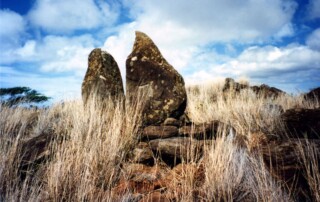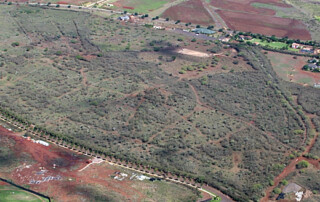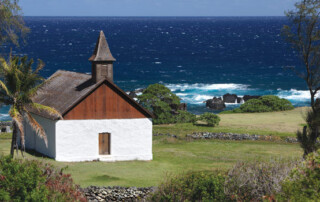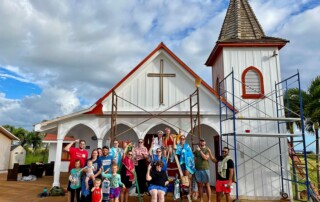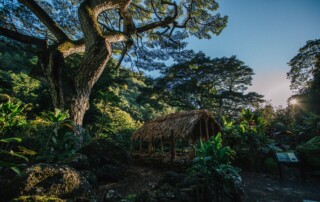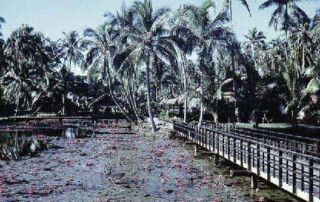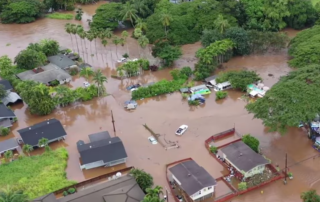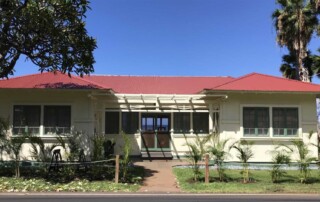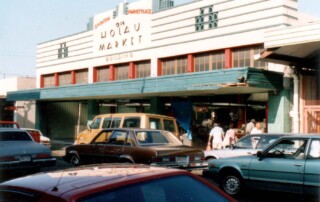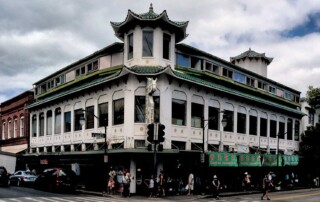Growing the Hilo Grant Program with Community Input
THE HILO PRESERVATION & BEAUTIFICATION STAKEHOLDERS MEETING On March 30, 2023 more than 30 members of the Hilo community gathered at the Mokupāpapa Discovery Center on Kamehameha Avenue in Hilo's downtown core. The main objective was to receive community input on ways the program can be beneficial to the Hilo community and its historic places. The agenda included an update on the Hilo Preservation Grant Program, launched in 2019, which has provided grants to an impressive array of downtown icons including: Palace Theatre; Kaikodo, Calica, Smallwood and Hilo Plaza buildings; Kalakaua Park; East Hawaii Cultural Center; Central Christian Church and more. The meeting also afforded an opportunity to discuss impacts and results with the Hilo community and gather input to help inform the program's future trajectory. Goals for the event included identifying additional potential projects and needs that could be supported; and providing information on next steps and how to apply for a grant (scroll down to the Hilo Preservation Grant Program section below to learn more). The event commenced with introductions and a chance for each person to share what's special to them about Hilo. Some responses included: The rain (mentioned several times). The people. Its authenticity. Hilo’s uniqueness. Feeling of community, community bonds. The history and resilience. The beauty of this place. The connections. That what makes Hilo special has remained and is still visible. It’s real… Participants engaged enthusiastically in small group discussions on the following topics: • What is working well for the Hilo Preservation and Beautification Program; • What advice do past or current grantees have for others planning a project (for a past grantee); • What are buildings, sites or areas that could benefit from a [...]



